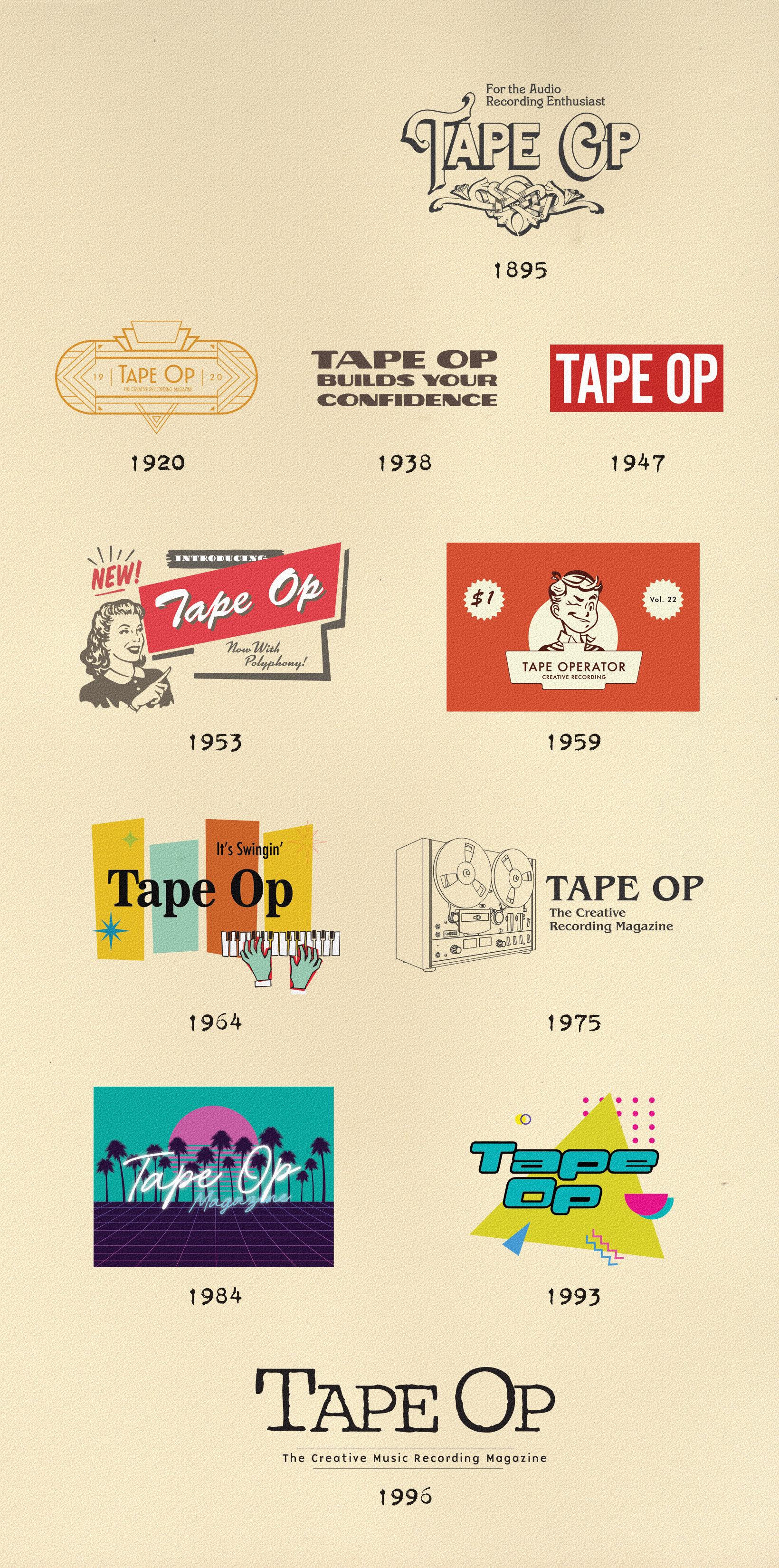Many studio monitors are based on what we call "2-way" configurations, featuring a woofer/driver (usually a cone speaker) and a tweeter handling the low and high frequencies, but a growing number of nearfield monitors use "3-way" setups, with a midrange driver handling frequencies between the woofer and tweeter. In recent years, I've had a gut feeling that I needed to get into the 3-way monitor game. Even though I have gotten intimately familiar with the monitors I’ve been mixing on for the last six years, I've felt I’m missing important details in my personal studio that are apparent when I listen at other studios around town that have 3-way monitors.
A few months back, Barefoot Sound invited me to tour of their shop in Portland, Oregon, and to check out their new Footprint03 monitors that were in the final stages of development. I couldn’t believe how good these relatively small speakers (13.25 x 9.00 x 9.25 inches) sounded when they demoed them for me at the shop, but I was careful not to get too excited about them until I heard them in my studio at home in a more realistic and familiar setting. When I got the pair (the first to ever go out to the public), it took me a couple of days to get over the fact that I was now working on smaller speakers than I was used to – my trusty Ocean Way Pro2As [Tape Op #116]. The low end didn’t fill up the room the same way the 8-inch woofers I’d grown accustomed to had, but after finishing a mix on the Footprint03s that I had started on the Pro2As, my apprehension disappeared. I sent off a first mix, and within minutes my client wrote back saying they absolutely loved it! They did have one request, though: “Can I have just a hair more bass?” I don’t know if I’ve ever been asked to turn up the bass; typically, my mixes are unnecessarily bass-heavy! I did a quick drive to the grocery store and listened to the mix in my car. Sure enough, I agreed that it could use 1 or 2 dB more of the bass, but the overall mix and balance translated incredibly well to my car stereo. There was better control of the low end and smoother upper mids than I had usually heard in my mixes. This was great news!
Let’s talk about what’s going on with these monitors. The Footprint03s sport a 3-way design with a 6.5-inch woofer (100W amp), 3.5-inch midrange driver (100W), and a 1-inch tweeter (60W). These are the first Barefoot monitors to have a ported speaker design, instead of their traditional sealed cabinet, which helps give them an impressive low end extension. The 03s are also the first Barefoot monitor to introduce their SPOC (SPectrally Optimized Conversion) and DSP technology, providing better signal-to-noise ratio, lower distortion, and greater detail in low end response. Audio being fed into the 03s is converted to digital (28 bit/96 kHz) on the way in and back to analog for the amps. However, with SPOC, audio first passes through an analog crossover that allows the high frequencies to feed the A/D converter unattenuated, giving the 03s higher bit resolution than any other monitor they offer. And it’s worth mentioning that nearly every model of speaker that Barefoot makes has a unique and innovative design to maximize its performance.
I’m aware that all of this talk about DSP and digital technology in a studio monitor may turn some readers off, but how do they sound? The transient detail is excellent. They work remarkably well-balanced at low volume and cranked up – and they can get quite loud without distorting. They also come with the same “MEME” voice selector offered with all of Barefoot’s monitors. MEME (Multi Emphasis Monitor Emulation) gives four voicings to choose from: Flat – the speaker’s most accurate setting with a flat frequency response, Hi-Fi – a slightly more “scooped” setting indicative of home stereo systems, OldScl – the classic Yamaha NS-10M setting, and Cube – the classic Auratone Sound Cube setting. These are not simply EQ curves applied to the monitor’s output to mimic the sound of other speakers; each voicing changes the 03’s power, phase, and transient detail to give a realistic representation of what it’s like to listen on completely different speakers. I find myself changing between settings all the time throughout a mix to maintain perspective on the overall balance. This is a huge bonus for those of us that don’t have room for multiple sets of monitors, let alone power amps. You can daisy chain multiple monitors using 3.5 mm cables to control the MEME voicings, making these a strong contender for surround and Atmos mixers.
In short, I couldn’t be happier mixing on the Footprint03s. In no way do I mean to disparage my well-served Ocean Way monitors in this review. I think it’s important to admit that size does matter, but bigger is not always better with monitors. It’s all about what works best in a given studio. I’ve mixed at least a dozen songs on the 03s so far and have had fewer mix revisions than before. I’m making smarter choices with EQ and compression, and I’ve noticed a huge difference in how I approach effects because I’m simply hearing them better. I cannot think of a monitor in this price range that outperforms in sound, build quality, or features. Given the quality and low cost, it wouldn’t surprise me at all if these monitors become ubiquitous over time. I confidently recommend the Footprint03s to anyone looking for a pair of superb professional-grade speakers without having to take out a loan to afford them.




_disp_horizontal_bw.jpg)